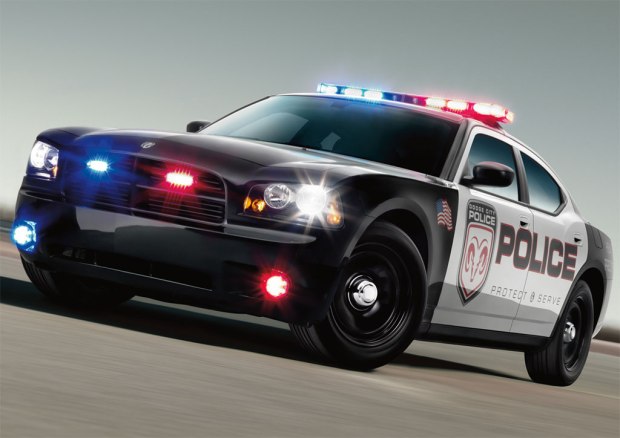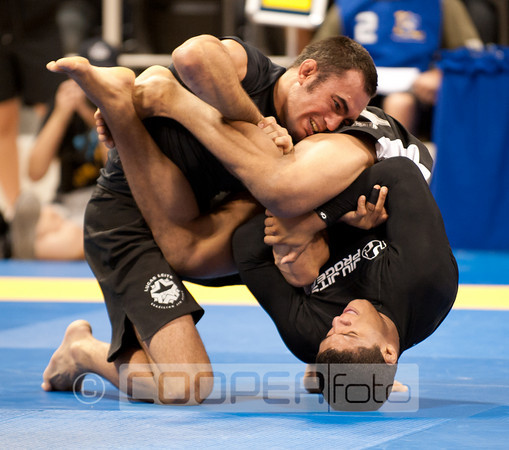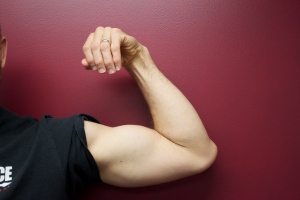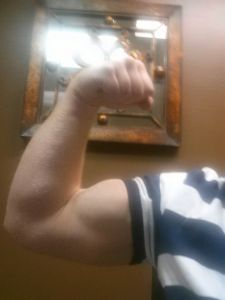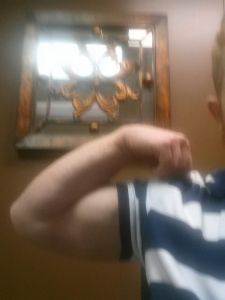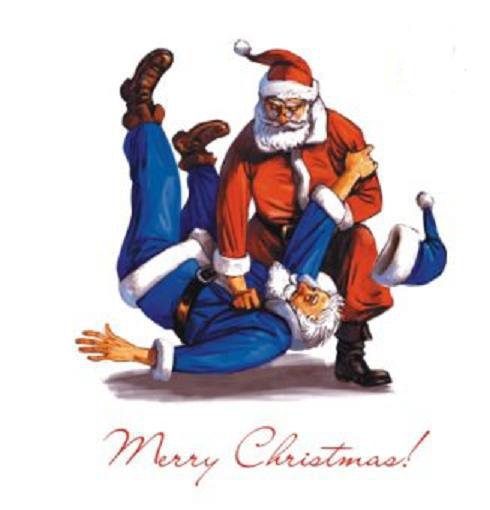
Great news for caffeine addicts everywhere!
Caffeine improves muscular performance in elite Brazilian Jiu-jitsu athletes.
Abstract
Scientific information about the effects of caffeine intake on combat sport performance is scarce and controversial. The aim of this study was to investigate the effectiveness of caffeine to improve Brazilian Jiu-jitsu (BJJ)-specific muscular performance. Fourteen male and elite BJJ athletes (29.2 ± 3.3 years; 71.3 ± 9.1 kg) participated in a randomized double-blind, placebo-controlled and crossover experiment. In two different sessions, BJJ athletes ingested 3 mg kg-1 of caffeine or a placebo. After 60 min, they performed a handgrip maximal force test, a countermovement jump, a maximal static lift test and bench-press tests consisting of one-repetition maximum, power-load, and repetitions to failure. In comparison to the placebo, the ingestion of the caffeine increased: hand grip force in both hands (50.9 ± 2.9 vs. 53.3 ± 3.1 kg; respectively p < .05), countermovement jump height (40.6 ± 2.6 vs. 41.7 ± 3.1 cm; p = .02), and time recorded in the maximal static lift test (54.4 ± 13.4 vs. 59.2 ± 11.9 s; p < .01).The caffeine also increased the one-repetition maximum (90.5 ± 7.7 vs. 93.3 ± 7.5 kg; p = .02), maximal power obtained during the power-load test (750.5 ± 154.7 vs. 826.9 ± 163.7 W; p < .01) and mean power during the bench-press exercise test to failure (280.2 ± 52.5 vs. 312.2 ± 78.3 W; p = .04). In conclusion, the pre-exercise ingestion of 3 mg kg-1 of caffeine increased dynamic and isometric muscular force, power, and endurance strength in elite BJJ athletes. Thus, caffeine might be an effective ergogenic aid to improve physical performance in BJJ.
KEYWORDS:
Testing; fatigue; strength
- PMID:
- 26863885
- [PubMed – as supplied by publisher]

